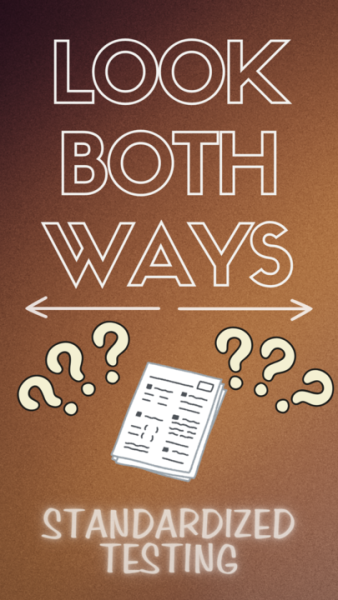Keep reform programs behind bars
November 29, 2005
You’ve heard the negative statistics about crime, but picture this scenario: I steal your wallet, dear reader, and run up your credit card and store charge cards for my frivolous pleasure.
I buy some shoes with the cash you had in your wallet, and sell your Social Security number to identity crooks. I also take the keys to your car, turn on the ignition and drive to the nearest underground strip yard and sell your car for cash. I hope you can picture this without your head aching even more, because I also hit you upside your head with a weapon.
It’s called armed robbery, and most will agree that if one does the crime, they deserve to do the time.
If individuals choose to break laws and infringe on the rights of others, then they deserve to spend a certain number of years behind bars and live with certain restrictions placed on them while being deprived of other privileges once taken for granted on the outside.
That’s only justice.
What about this picture: Someone commits armed robbery in a moment of passion, and that was their first offense. They were caught, booked and sentenced to 30 years in prison. If they decided to further their education, and receive a master’s in communication or attend an art seminar in cell block D, they wouldn’t be able to because prison reform programs are continually being cut.
That’s injustice.
Government and taxpayer-supported programs have come under attack as a by-product of America’s efforts to strengthen its grip on crime, demonstrating that once you commit a crime, you’re forever indebted to it, and community plays no role in rehabilitating and aiding those who deserve a second chance.
The focus seems to have shifted from getting criminals off the street and rehabilitating and reinstating them to society to just getting criminals off the streets.
Correctional facilities nationwide have suffered from a rise in the prison-industrial-complex at the expense of rehabilitating the criminal.
Companies looking for cheap labor, contract bids for security lights and walkie-talkies for example, now seem to mean more to prison than prisoners.
In no way am I advocating blissful movie theater-filled prisons or even those with plush mattresses or massage therapy and three-course meals.
But the Department of Corrections should live up to its name.
New York cut many college prison degree programs in 2000, which cost the equivalent of less than 1 percent of the state’s prison budget, according to www.Poughkeepsiejournal.com. Additionally, the Web site said the House of Representatives passed a short-sighted bill to cut prison educational programs by 25 percent.
Florida officials cut $20.8 million from the state’s most successful rehabilitation programs in 2003, according to www.jointogether.org. Most prisons in America do not allow prisoners to receive books from family and friends, even if they’re screened for security, says www.prisonbookprogram.org.
A recent Chicago Tribune article released a negative statistic, stating two-thirds of more than 600,000 ex-convicts released this year will be arrested within three years, and about half of these convicts will return to prison for a new crime or parole violation.
The lack of reform-oriented programs instituted in prisons feed fire into this rampant cycle of criminal relapses.
According to www.bright.net/~burke/prison.html, a study commissioned by three state corrections departments and found in the January 2002 Correctional Education Association newsletter found inmates attending college behind bars reduces the likelihood of being convicted of a further crime from 10 to 60 percent.
Furthermore, translated into tax savings, every dollar spent on prison education returns more than two dollars to the citizen in reduced prison costs.
Just picture this: my uncle, a former inmate of the Pontiac Correctional Facility in Pontiac, Illinois, received three degrees while in prison for armed robbery. He admitted if it weren’t for the prison programs geared toward reformation, he wouldn’t work two jobs, be a responsible father of two boys, a loving husband and the model citizen he is today.
He would just be another negative statistic.
Columns reflect the opinion of the author and not necessarily that of the Northern Star staff.












